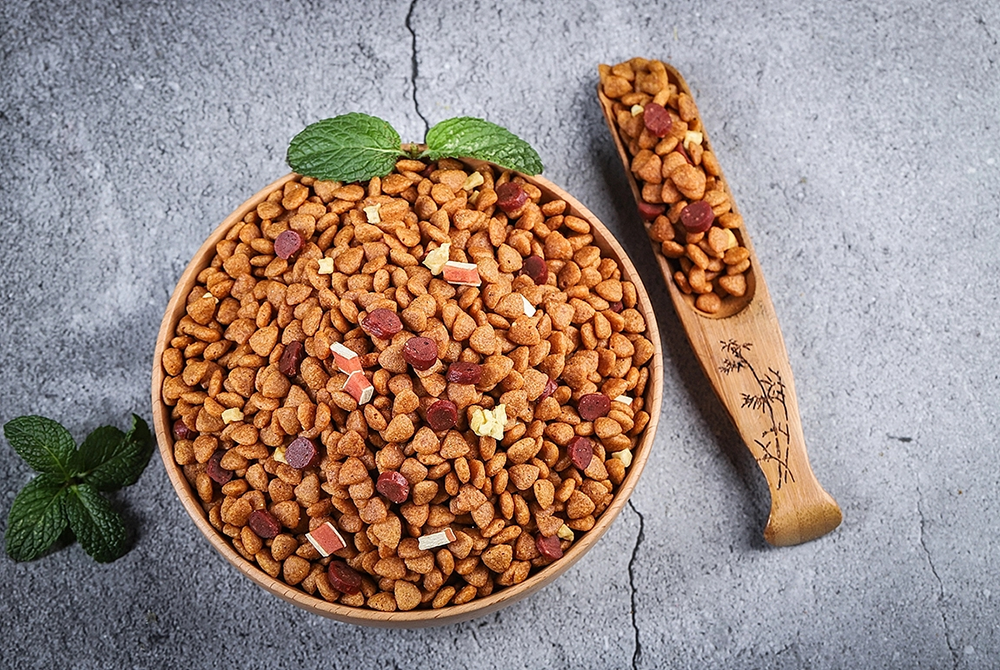
Look at the top five highest ingredients in the ingredients
Avoid meat or poultry by-products: If the word "by-product" is in the ingredient list, it is not recommended to buy. Such by-products are often the not-so-good parts of the animal. The meat ingredients must clearly indicate what kind of meat it is, such as chicken, beef, etc. If it is only marked as "poultry meat" or "animal meat", such products should be excluded.
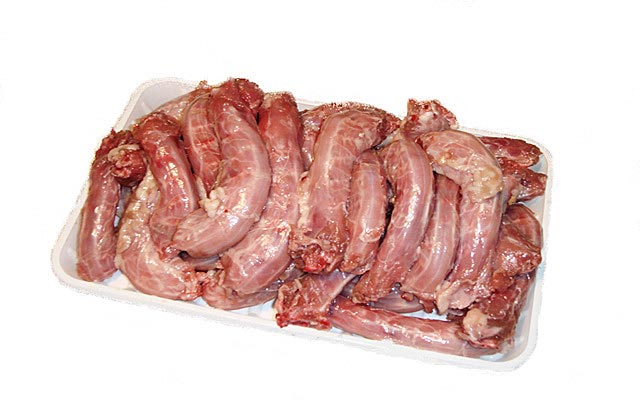
There should not be too many grain ingredients: If more than three of the five ingredients are grains, it is unqualified. Although some grains such as brown rice and oats are rich in natural fiber and beneficial nutrients, too much grain in cat food may reduce the proportion of meat protein, and cats are carnivores, and their main nutrition should come from meat.
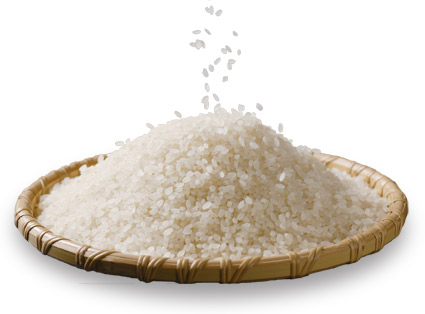
Look at the fat in the ingredients
1. Clearly identify the source of fat: The fat ingredients should clearly indicate what kind of animal or poultry fat it is, such as chicken fat, beef fat, etc. If it is only marked as "animal fat" or "poultry fat", it is recommended not to choose such products.
2.The use of vegetable fats: Some high-quality cat foods use vegetable fats, such as linseed oil, fish oil, etc. These oils are good for cats' health, especially those rich in Omega-3 and Omega-6 fatty acids.
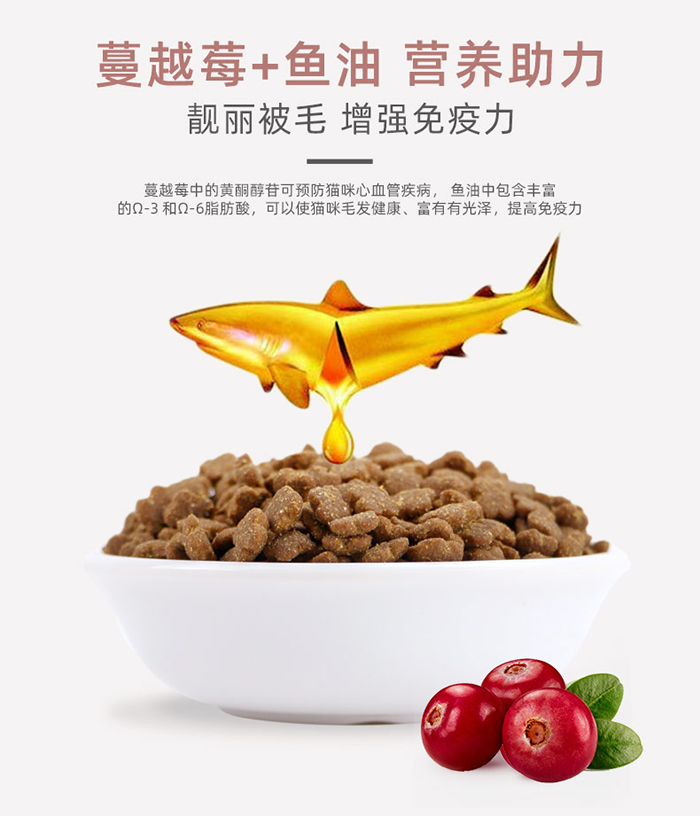
Look at the preservatives in the ingredients
1. Avoid using chemical preservatives: If there are preservatives such as BHA, BHT or Ethozyquin in the ingredient list, it is recommended not to buy it. The safety report of BHA and BHT is not sufficient, and Ethozyquin has been banned for use in human food.
2. Choose natural preservatives: Give priority to cat food that uses natural preservatives, such as vitamin C, vitamin E or rosemary oil.
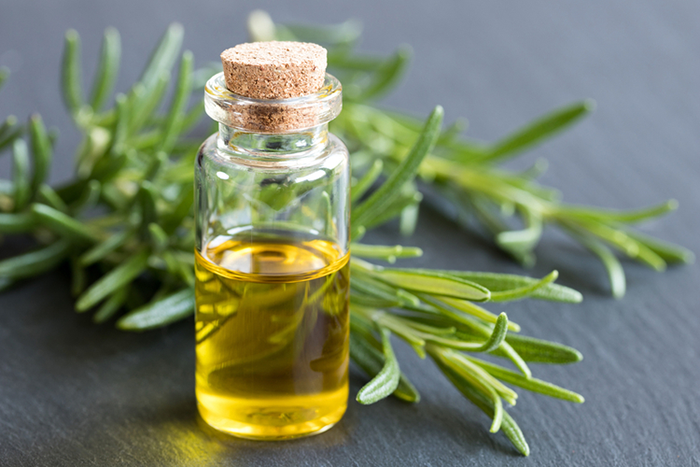
Look at nutritional analysis
1. Choose according to the cat's physical condition: Different brands and types of cat food have different nutritional ratios. You need to understand the cat's physical condition before buying. If the cat is thin, you can choose cat food with higher protein and fat content.
2. Consider special needs: Some cats may have special needs, such as veterinary prescription cat food. These factors need to be considered comprehensively when purchasing.
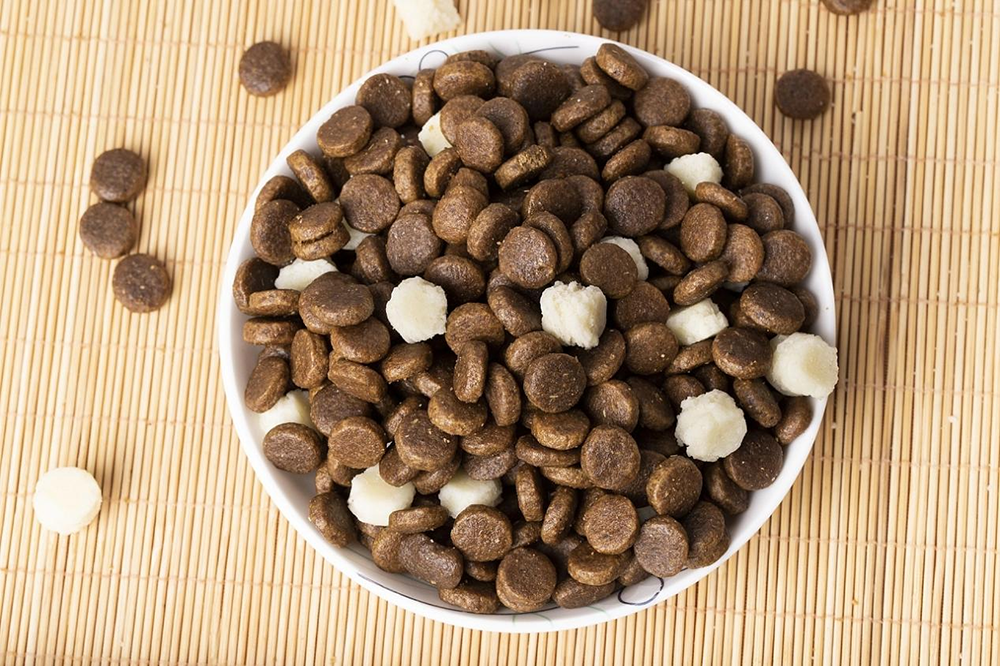
Kittens
Kittens have higher nutritional requirements than adult cats. More protein is needed during the growth and development period, especially lysine, tryptophan and arginine. In addition, bone development requires higher calcium, magnesium, phosphorus and vitamin D. Retinol (vitamin A) plays an important role in the vision, growth, cell differentiation and immune system of kittens.
Adult cat food
The nutritional requirements of adult cats are lower than those of kittens because the physiological development of adult cats has been finalized, and the daily activity and energy consumption are relatively low. Adult cat food needs to meet the basic nutritional needs of adult cats, but does not require too many high-energy ingredients.
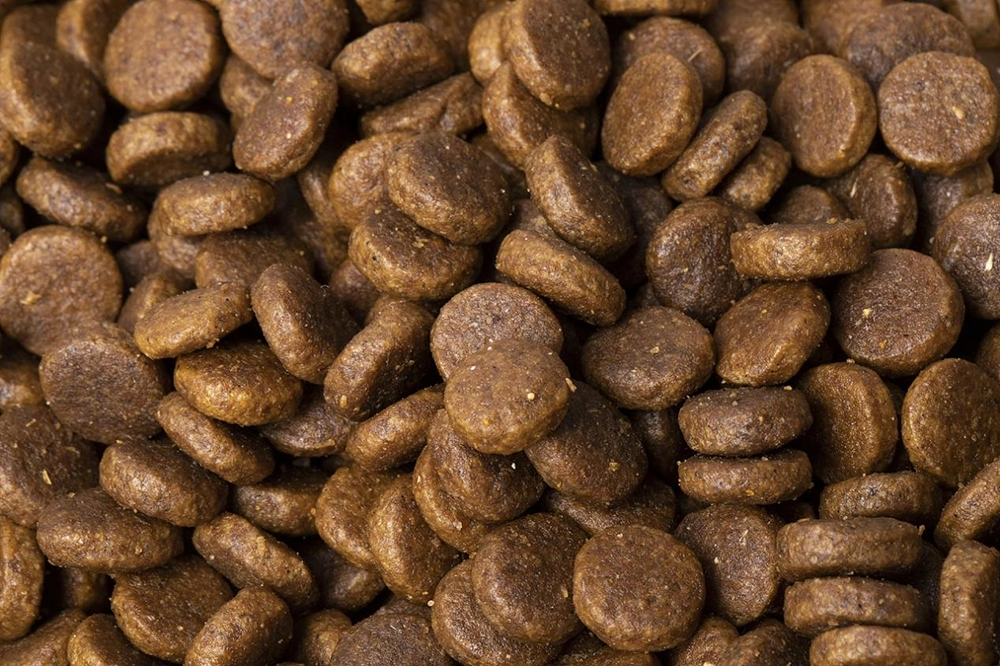
Whole cat food
Whole cat food refers to cat food that can meet the nutritional needs of cats at all growth stages, including kittens, pregnant and lactating cats, adult cats and elderly cats. The nutritional content indicators of this type of cat food need to reach the highest demand in the kitten stage to ensure that the nutritional needs of cats at different stages are met.
Summary
When choosing cat food, you should give priority to products with clear ingredients, balanced nutrition and the use of natural preservatives. Cats at different stages have different nutritional needs, and you need to choose according to the specific situation of the cat when purchasing. This is the only way to ensure the healthy growth of cats.
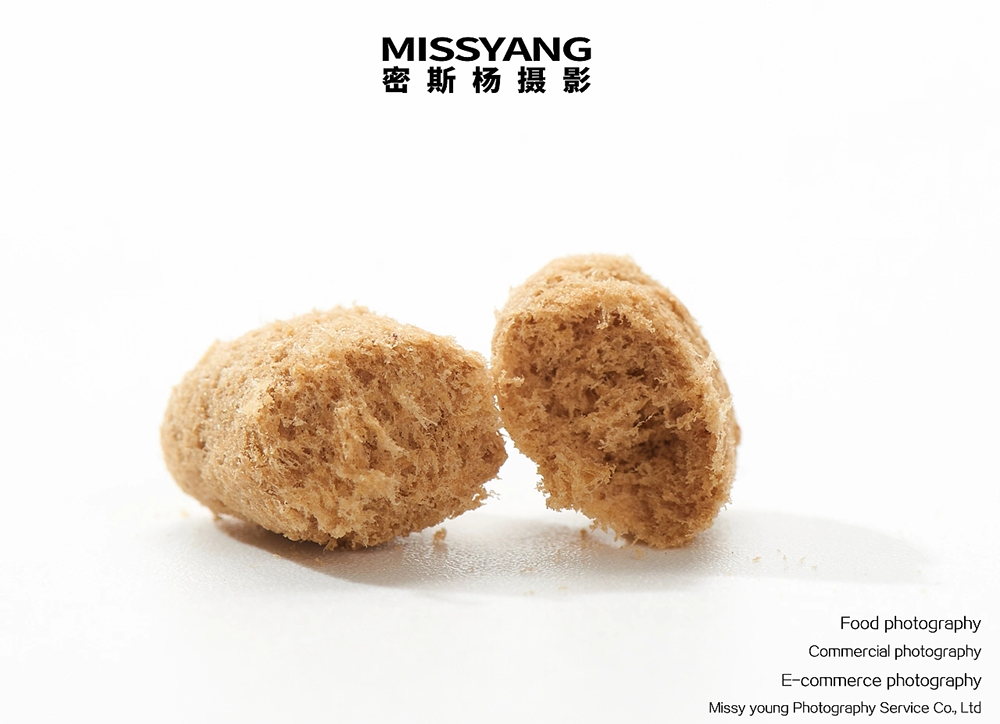
Post time: Jun-03-2024
